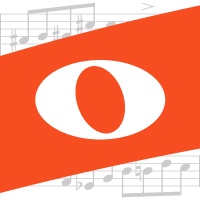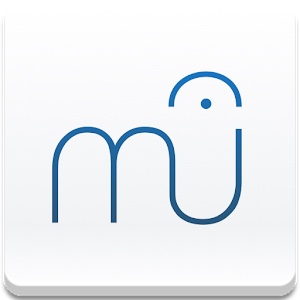One day, I was driving while thinking about a composition that I’m working on. It struck me amazing that composers in the old days were able to churn ensemble hits since the 1600s. All the symphonies from Mozart, Beethoven etc. were composed with music in their minds. Today, we have a luxury of listening to our originals on the fly by just clicking a play button. In some philosophical sense, our brain capacity has greatly deteriorate over time. We simply became lazy.
On the bright side, technology advancement means we have the ability to do more and be greater right?
That’s fruit for thought.
I deal with music arrangement a lot in my free time and some occasions where I’m commissioned to do so. Sibelius is my go to software for publishing music. It would be really nice to share the same enthusiasm and spread it to my students.
Over the past year while using the iMac, I discovered the use of Noteflight, Musescore and most recently, Flat.
Each site interface has their plus points.

Noteflight is available for free online with most common tools available for publishing. It even has a midi component but stuff like that are only available on premium subscription. I was to use it on the iMac and iPad. Both used on browsers like Chrome or Safari. However, Noteflight has a limitation to its number of working titles per account in its free version. The free version also does not allow you to share the score publicly. It does have a collaboration feature but as expected, only in the premium version.

Musescore is more complete than Noteflight whereby being it is an app of its own and you can download it on Mac and Windows. It’s almost like a free version of Sibelius. I have yet to push the limits of Musescore but I’m quite impressed that there are some useful plugins available to use such as the one that allows you to insert note names into note heads. Musescore has quite a large public user library too and quite often you will find pop sheet music originating from Musescore.

Flat is the most basic of them all but it has a very unique collaboration feature. It allows you to invite other users to compose or work on a composition. I also like it’s clean looking interface. It’s still a growing site but with lots of potential. Flat also has its own user public library and very easily accessible. You can also download it on your iPad as an app. The interface is a little different from its site version but it’s good to use when you’re on the go.
The winner for me is Flat as a very simple, clean start for students to try music publishing. What appeals to me the most is it’s free collaboration feature that does not affect the number of working titles you can have in your account (Flat allows free 17 working titles for each account user). I have no problems using it across my nearly 50 secondary school students and I was able to check their work seamlessly and provide feedback in due time.
Online music publishing has made composition class an interesting one as students quickly realize how theory rules like time signature are very essential. Students get to connect their understanding of music theory very quickly through application on such a platform.
Do you have other applications or methods to share? Will be glad to hear about them in the comment section.

